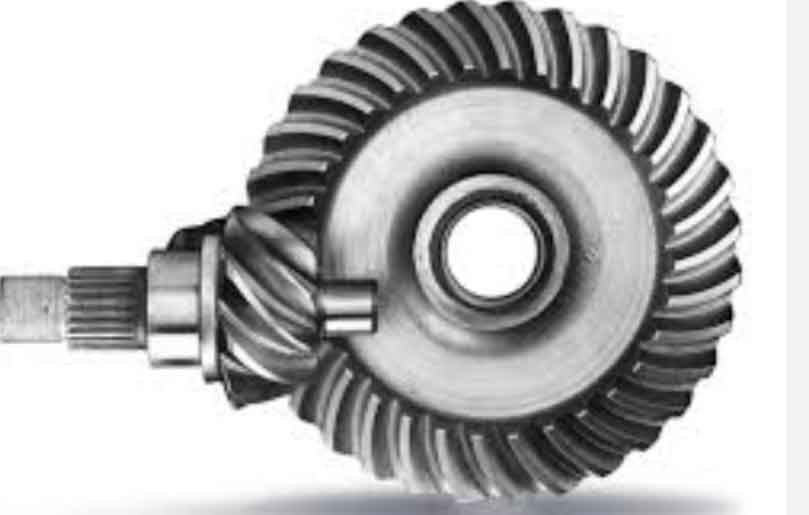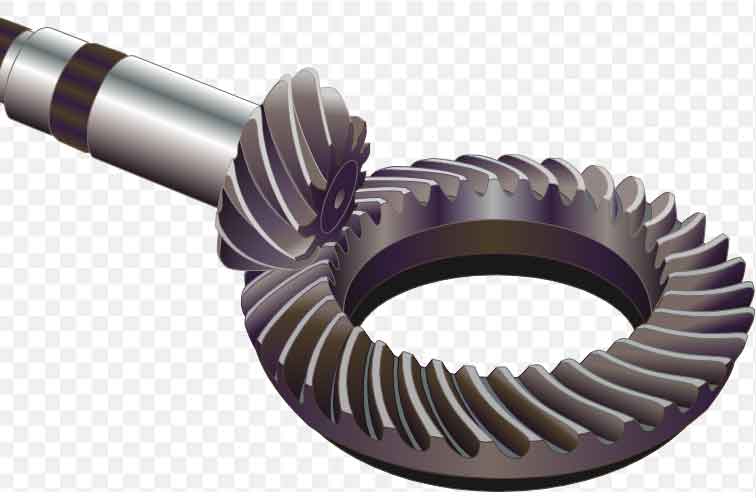Hypoid gears and spiral bevel gears are both types of bevel gears, but they have distinct differences in their design, performance characteristics, and applications. Here’s a comparison of their strengths and typical applications:
Hypoid Gears:
- Offset Axes: Hypoid gears have offset axes, meaning the axes of the pinion and gear do not intersect, resulting in a hypoid-shaped gear.
- Higher Torque Capacity: Hypoid gears can handle higher torque loads compared to spiral bevel gears, making them suitable for heavy-duty applications.
- Lower Noise: Hypoid gears generally produce less noise and vibration due to their smoother gear meshing characteristics.
- Efficiency: While not as efficient as straight bevel gears, hypoid gears offer good efficiency in power transmission.
- Applications: Hypoid gears are commonly used in automotive applications for rear differentials, where they provide higher torque capacity and improved performance over spiral bevel gears. They are also used in heavy machinery, industrial equipment, and power transmission systems.
Spiral Bevel Gears:
- Intersecting Axes: Spiral bevel gears have intersecting axes, meaning the axes of the pinion and gear intersect at a point.
- Higher Efficiency: Spiral bevel gears offer higher efficiency compared to hypoid gears, making them suitable for applications that prioritize efficiency.
- Smooth Operation: While spiral bevel gears can be somewhat noisier than hypoid gears, advancements in gear design and manufacturing have reduced noise levels significantly.
- Versatility: Spiral bevel gears are more versatile in terms of applications due to their efficiency and wide range of gear ratios.
- Applications: Spiral bevel gears are commonly used in high-speed and high-load applications, including automotive front-wheel drive systems, marine propulsion, aerospace systems, and machine tools.
Choosing the Right Gear Type: When choosing between hypoid gears and spiral bevel gears, the selection depends on the specific requirements of the application. Hypoid gears are ideal for heavy-duty applications with higher torque demands and where noise reduction is important. On the other hand, spiral bevel gears are preferred in applications that prioritize efficiency, versatility, and where the axes of the pinion and gear must intersect.
Both hypoid gears and spiral bevel gears are essential components in various industries, and their unique design features cater to a wide range of applications, ensuring smooth and efficient power transmission.


